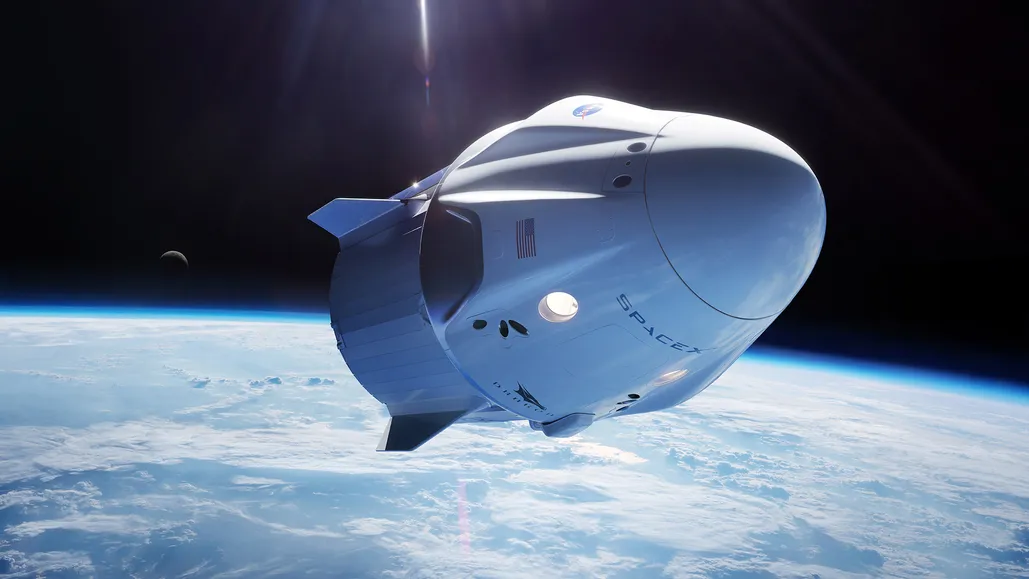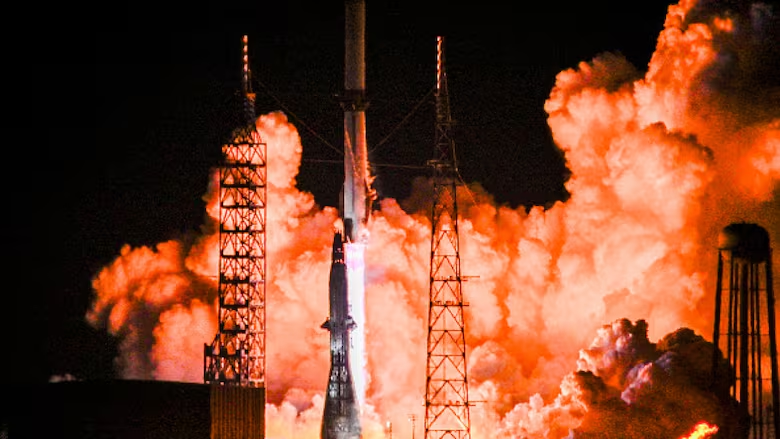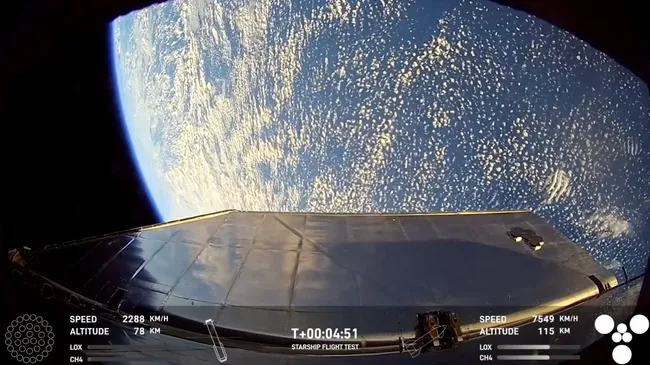
Image Source: https://www.jpl.nasa.gov
NASA has reestablished contact with Voyager 1 after the spacecraft’s fault protection system caused it to shut down a transmitter.
Engineers at JPL are now examining the issue, managing commands and data over the vast 15-billion-mile distance. The team’s goal is to restore stable communications and resolve technical challenges as the aging spacecraft continues its journey through interstellar space.
Restoring Communication With Voyager 1
On October 24, NASA successfully reconnected with the Voyager 1 spacecraft following a brief interruption in communication. Voyager 1 recently turned off one of its two radio transmitters, and NASA’s team is investigating to understand the cause of this event.
The shutdown seems to have been initiated by Voyager 1’s fault protection system, which is designed to handle onboard problems autonomously. This system saves power by turning off non-critical components if the spacecraft’s energy reserves are strained. However, identifying the exact reason for the fault protection system’s activation may take several days or even weeks.
Investigating and Responding to Commands
NASA’s Jet Propulsion Laboratory (JPL) in Southern California oversees communications with Voyager 1 through the Deep Space Network. When JPL engineers send a command, Voyager 1 replies by sending back engineering data, which allows the team to monitor how the spacecraft has responded. This exchange takes about two days—roughly 23 hours for the command to cover the more than 15 billion miles (24 billion kilometers) to Voyager 1, and another 23 hours for the data to return.
On October 16, the flight team issued a command to activate one of Voyager 1’s heaters. Although the spacecraft had sufficient power to run the heater, this command set off the fault protection system. The team became aware of the issue when the Deep Space Network lost Voyager 1’s signal on October 18.
Overcoming Communication Obstacles
Voyager 1 usually connects with Earth through an X-band radio transmitter, named for its specific frequency. The flight team correctly suspected that the fault protection system had slowed the transmitter’s data rate to conserve power, which alters the X-band signal received by the Deep Space Network. Engineers were able to detect this signal later that day, and aside from this issue, Voyager 1 appeared to be stable as the team began its analysis.
However, on October 19, communication seemed to halt entirely. The team believed that Voyager 1’s fault protection system had triggered twice more, shutting off the X-band transmitter and switching to a secondary radio transmitter, the S-band. While the S-band transmitter uses less power, Voyager 1 hasn’t used it for Earth communication since 1981. This transmitter operates on a different frequency and produces a much fainter signal. Given the vast distance, the team was uncertain if the S-band signal would be detectable, but engineers with the Deep Space Network managed to locate it.
Ensuring Mission Continuity Amid Challenges
To avoid the risk of reactivating the X-band transmitter before understanding the cause of the fault protection system’s activation, the team issued a command on October 22 to verify that the S-band transmitter was operational. They are now focused on collecting data to help them understand the situation and restore Voyager 1 to its regular operational status.
Voyagers 1 and 2 have been on their journey for over 47 years, making them the only spacecraft currently operating in interstellar space. Their advanced age has led to an increase in both the frequency and complexity of technical difficulties, presenting new challenges for the mission engineering team.




Leave a Reply